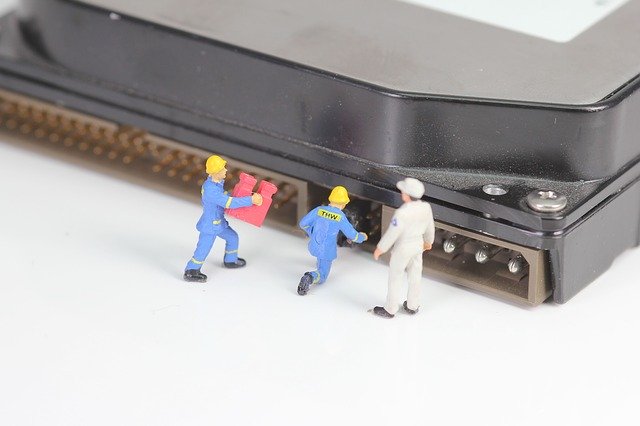It will have happened to everyone, at least once in their life, to use their personal computer and suddenly see a blue screen appear or, even worse, the following error message: No boot device found.
After a first cold sweat, the common trend is to call a technician and spend a lot of money to find a solution. What if we told you that through some solutions you could solve the problem?

What does “No boot device found” mean?
First of all, we need to clarify for those who are not familiar with the world of the personal computer. When an error such as No boot device found or No boot device available appears on your PC, it means that something serious is happening. In a nutshell, your computer does not recognize the presence of the disk where Windows is installed.
This causes the computer to freeze, to attempt continuous reboots, but w
ithout success. All this may be due to physical wear of the disc itself, but as anticipated, it is possible to find a solution without having to resort to expensive repairs.
Check the USB connections
The problems related to the continuous reboots of the PC can be due to badly connected USB connections. To check this, you will need to unplug the PC from the power outlet, open the case and make sure that the motherboard connection cables are secure.
In addition, if the devices connected via USB cable are malfunctioning, the PC may refuse to boot. Again, you will need to turn it off and disconnect all USB connections, even the mouse, and try to see if this time the restart will be successful.
Changing the BIOS settings
A vital component for a personal computer is the BIOS. For those who are not informed, the BIOS is the first software that is loaded when the PC starts up and manages the reboots of all the peripherals.
The PC, at power on and depending on the settings, chooses a device from which to start Windows. By default it should choose the hard drive, but for various reasons it could opt for your MP3 player temporarily connected via USB. To make sure, you will need to access the BIOS, and head to the Boot section. At this point, set the disk where Windows 10 is installed as the primary boot point.
It may happen that, after a BIOS update, your PC cannot restart properly. The solution more quickly is to enable UEFI, which is a new alternative to the old BIOS, certainly more innovative. Once this is done, try changing the boot mode from UEFI to Legacy. If this step did not solve your problem, we recommend proceeding with the BIOS reset.
Using automatic repair
If your device is unusable you could try to start it by means of a USB stick where Windows is installed. First of all, you will need to change the startup settings by selecting the reference key.
This will allow Windows to load from the stick and not fro
m the disk. Once you have started the installation of Windows 10. At this point, it will be important to continue by selecting Repair
your computer. Here you will have access to the Advanced Options where you can continue with the Automatic Repair.
Restoring the Master Boot Record
If all the solutions mentioned so far have not brought results, then it should be appropriate to attempt a restoration of the Master Boor Record. Commonly known by the acronym MBR, these are nothing more than the device where the instructions for restarting the device are ‘kept’.
In case of error No boot device found, neither the disk nor the boot sector is detected. It is therefore necessary to proceed as explained above, i.e. reboot from a USB stick, go to the Advanced Options and open the command prompt. Through some simple commands it is possible to check the condition of the disk. Then type:
- bootrec.exe / FixMbr
- bootrec.exe / FixBoot
- bootrec.exe / RebuildBcd
In case you do not get the desired results, type the following com
mands:
- bcdedit / export C: BCD_Backup
- c:
- boot cd
- attrib bcd -s -h -r
- ren c: bootbcd bcd.old
- bootrec / RebuildBcd
Restore Windows files
If MBR, BIOS and disk were not the reasons related to the difficulty of starting the PC, the problem could be Windows. Probably some corrupted files or a problem of installation does not allow the ‘operating system run‘ correctly.
In this case, you will need to reinstall Windows or use SFC Scan. To access this tool you will need to access the command prompt as an administrator. To do this, type the cmd command in the Windows search bar, right click and choose Run as administrator. Proceed with the following commands:
- sfc /scannow /offbootdir=c: /offwindir=c:windows
- chkdsk c: /r
If SFC does not work, type the DISM command in the command prompt: DISM /Online /Cleanup-Image /RestoreHealth
At this point restart your PC, try again to run SFC which should now work.
